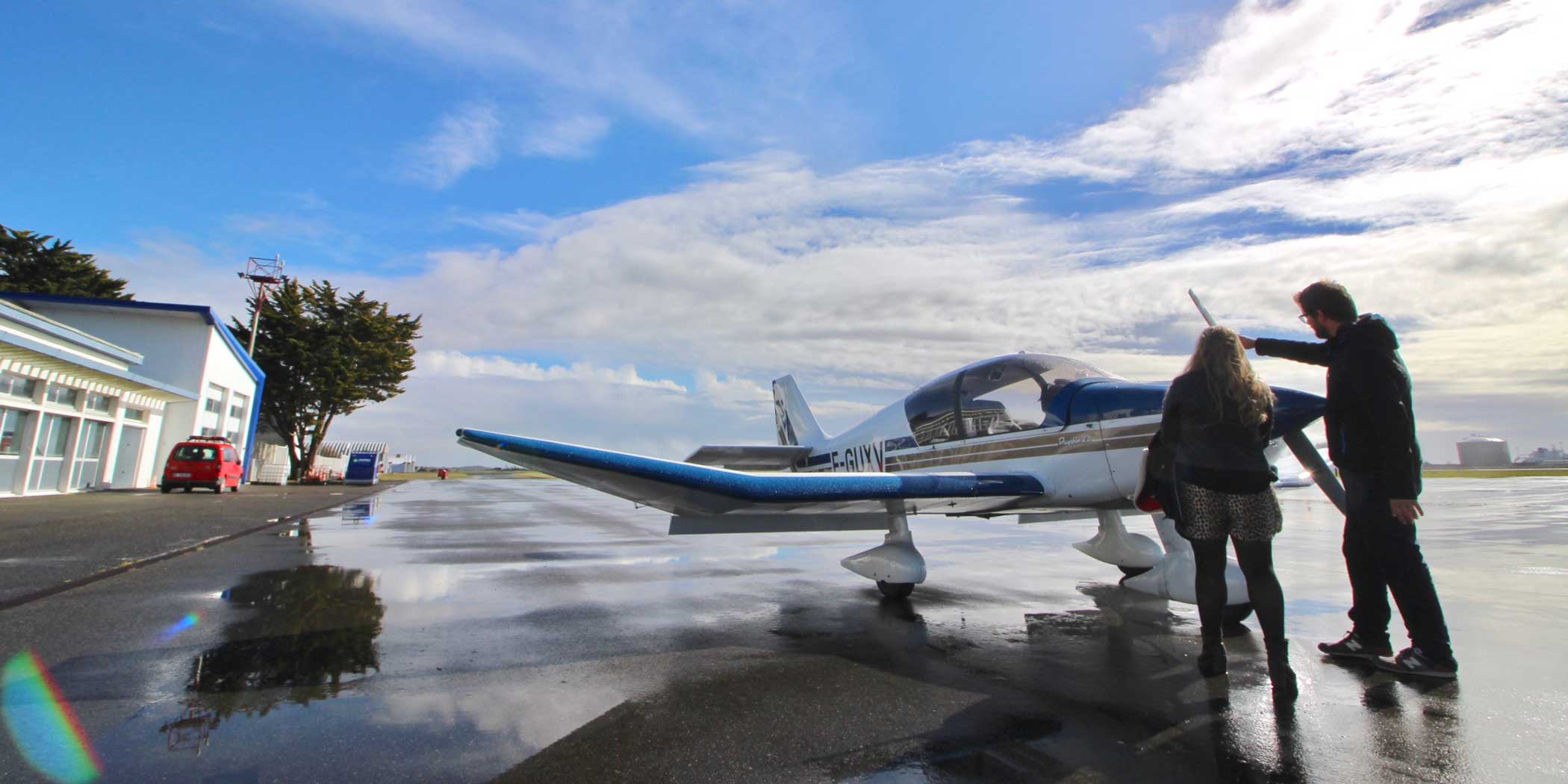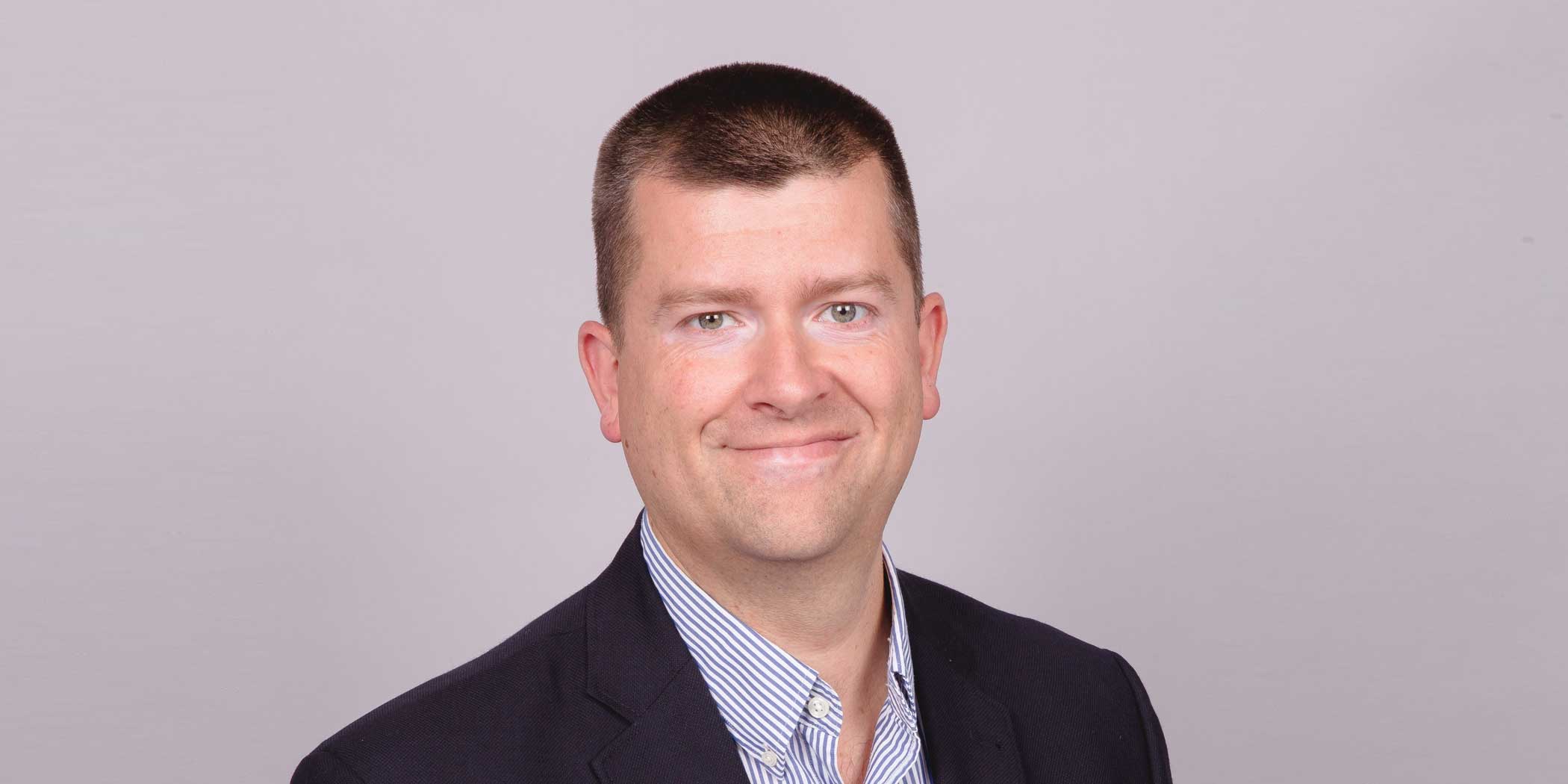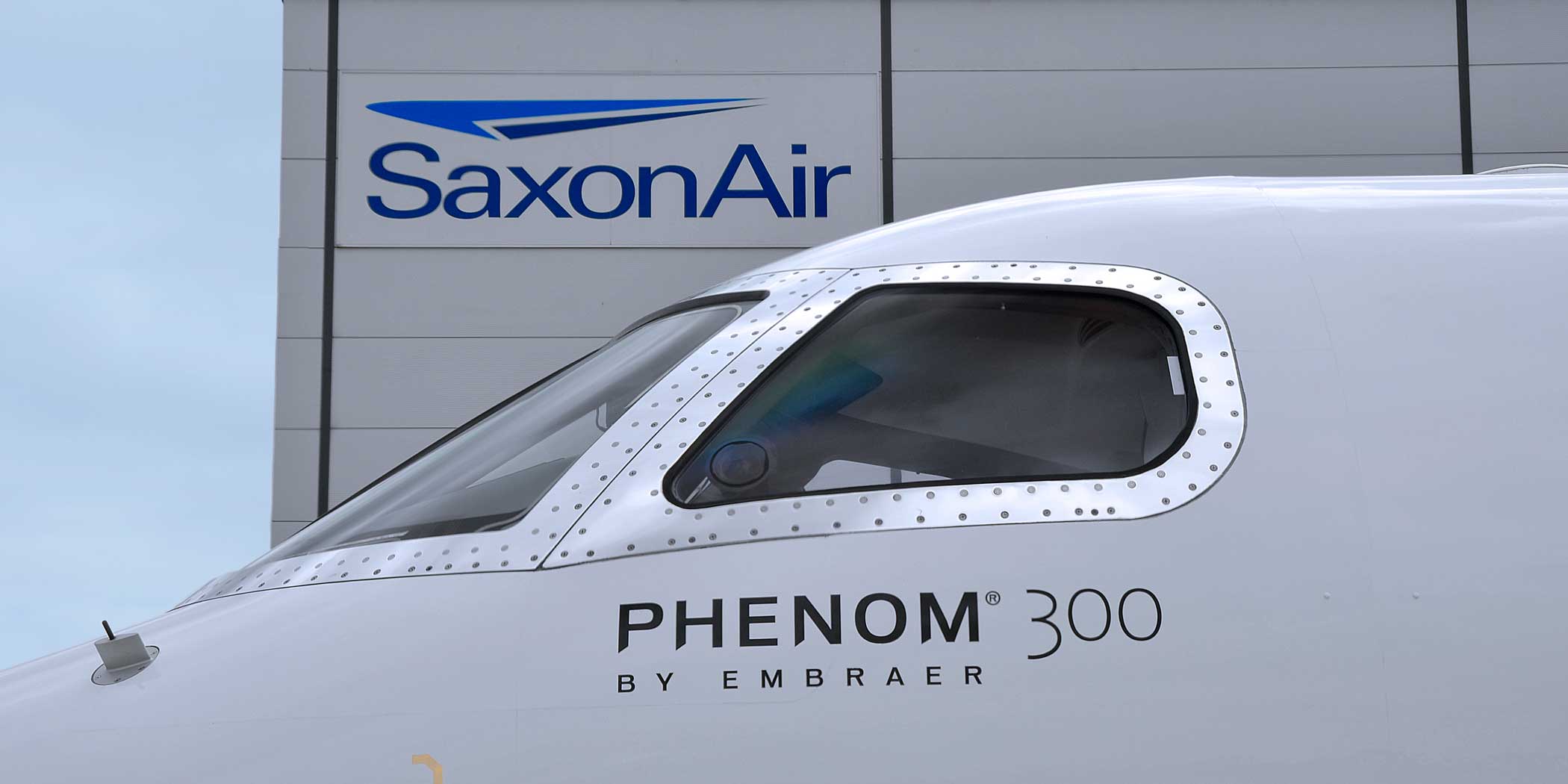Click Here to View This Page on Production Frontend
Click Here to Export Node Content
Click Here to View Printer-Friendly Version (Raw Backend)
Note: front-end display has links to styled print versions.
Content Node ID: 406238
Three years have passed since the high-profile crash of a Piper Malibu Mirage off the coast of Guernsey in the Channel Islands ended the life of Argentinian football player Emiliano Sala and his pilot David Ibbotson. The English Premier League star, who was traveling from Nantes in France to Wales, where he had just been signed by Cardiff City, was the sole passenger on N264DB, a U.S.-registered 1984 PA-46-310P piston-powered pressurized single-engine airplane.
The tragic incident on Jan. 21, 2019 resulted in an international media scrum and a search for answers over the nature and circumstances of the flight, as well as the suitability of the aircraft and its crew.
It didn’t take long for UK investigators to uncover a catalog of failings.

In its final report into the crash—published in March 2020—the Air Accidents Investigation Branch (AAIB) concluded that Sala, whose remains were retrieved from the aircraft wreckage on the seabed on Feb. 6, 2019, had been exposed to potentially lethal levels of carbon monoxide, which may have incapacitated Ibbotson. His body has never been found.
Crucially, the report concluded that Ibbotson received a fee to transport Sala despite only holding a private pilot license. “This was a blatant breach of the regulations,” said Glenn Hogben, chief executive of charter industry body the Air Charter Association (ACA).
He explained that under EASA rules, if a flight is operated for hire and reward, it is classified as an air-taxi service and must be approved by the relevant aviation authority to carry paying passengers. The aircraft must also be approved for this role and piloted by a professionally trained crew under an air operator certificate (AOC). “This flight was illegal on every count,” said Hogben, “and thanks to evidence compiled by the [UK] Civil Aviation Authority (CAA), the man who arranged it has been successfully prosecuted.”
David Henderson, who set up the flight, was found guilty in a UK court in October 2021 of endangering the safety of an aircraft and was sentenced to 18 months in prison. Following sentencing, Rob Bishton, the CAA’s group director for safety and airspace regulation, declared the punishment was an acknowledgment by the court of the “significant safety risk” posed by illegal charter. “The aviation system relies on the integrity of all those involved,” he added. “Anyone operating a commercial flight should always have the necessary license and approvals in place.”
Inquest Initiated
Henderson’s trial told only part of the story, however, and the search for answers continues. An inquest was scheduled to begin in February 2022 to determine how Sala died. According to the coroner, the probe will consider the flight arrangements, the operation, condition, and maintenance of the aircraft, the pilot’s qualifications, the flight itself, and the ensuing search and recovery of Sala’s body.
It will also consider the design of the aircraft’s exhaust system and carbon monoxide detectors. The origins of the carbon monoxide leak are believed to be a faulty exhaust, through which the Malibu’s heating system receives warm airflow.
The AAIB report found Ibbotson was conscious and flying the aircraft as it broke up mid-air and crashed into the ocean.
While Henderson’s conviction has been welcomed by the business aviation community, successful prosecutions of grey or illegal charter operations are still rare. Hogben points to only one other prosecution in the UK “in recent history” that has resulted in a prison sentence.
The guilty party in that case was Robert Murgatroyd, pilot of a Piper PA-28 Cherokee who was detained in March 2019 for three years and six months for carrying out an illegal charter flight in September 2017. Despite only holding a private pilot license, Murgatroyd charged his three passengers £500 ($660) each for a birdwatching trip from Manchester to the Isle of Barra in Scotland. The piston-single was 193 kg (426 pounds) over the aircraft’s maximum takeoff weight and crashed into a field soon after takeoff. Nobody was seriously injured. Murgatroyd was convicted on seven charges, including recklessly endangering the safety of an aircraft or persons in an aircraft, conducting a public transport flight without an AOC, and acting as a pilot without holding an appropriate license.
This case didn’t garner as much publicity as the Sala accident, conceded Julie Black, manager of the executive aviation division of Hunt and Palmer, one of Europe’s largest air charter brokers.
“Sadly, it took the tragic death of a well-known sports star to truly highlight dangers of grey charter,” she said. “Stamping out this illicit practice is, however, a major challenge, and this is largely down to ignorance on the part of passengers and pilots, and proving the flight is illegal.”
Black’s view is supported by Alex Durand, chief executive of UK charter and management company SaxonAir, which has a fleet of 12 business jets and helicopters. “The CAA had a long trail of conclusive evidence [in both the Sala and Murgatroyd crashes],” he said.
Hard To Prove
Durand describes these accidents as “ideal case studies” in grey charter operations, and the blatant infringement of the regulations made a successful prosecution possible. “However, all too often it is really hard to prove there has been a commercial exchange in an illegal flight between the pilot and the passengers,” he said. Furthermore, he added, passengers have little knowledge of the dangers of booking an illegal charter “or even what it is.”
The problem has been exacerbated over the past decade with the arrival of the digital charter marketplace, which has opened up the sector to a wave of new business models. Of particular concern to many in the industry is the ride-sharing market.
The system of cost- or ride-sharing allows passengers to contribute towards a private pilot’s direct costs—such as aircraft hire, fuel, and landing fees—on a pre-determined trip. The flight cannot be made for commercial gain.

However, for the ACA’s Glenn Hogben, the regulation in its current form is “woolly and open to open to abuse.”
The ride-sharing concept is “well-intentioned and sound in principle,” he conceded. The practice was established to allow private pilots to build their hours and reduce their expenses by splitting the costs of the flight down the middle with their passengers. “However, there are loopholes in the regulation for unscrupulous people to exploit and conduct flights for financial gain under the guise of ride-sharing,” Hogben said.
Wingly Ride-sharing
His view garners sympathy from Emeric de Waziers, founder and chief executive of Europe’s oldest and largest ride-sharing program Wingly. He described grey charter as “a real threat which harms the image of both commercial and private aviation.”
While frequently drawing the ire of Europe’s AOC community, de Waziers insisted that Wingly’s ride-sharing platform does not compete with public transport operators. “It has been built expressly for flight-sharing, and pilots cannot make a cent in profit,” he said.

De Waziers created the Paris-based venture in 2015 after identifying a need within Europe’s “huge, passionate private pilot community [of which he is a member] to fly as much as possible and share their direct costs with fellow travelers.”
He noted that all Wingly ride-sharing flights are leisure-based, and up to 40 percent of the bookings are canceled due to bad weather. “We signed the European Union Aviation Safety Agency [EASA] charter on cost-shared flights and we are required [under the charter] to make sure passengers understand the difference between a Wingly flight and a commercial flight with a public transport operator.”
Responding to the accusation by charter industry representatives that ride-sharing platforms provide a back door to grey charter, de Waziers commented: “As an industry, we have to make sure that people don’t flout the system, by making our platforms as transparent as possible.”
The Wingly site incorporates an algorithm designed, de Waziers said, “to dictate the average cost of a ride-sharing flight based on the location of the pilot and the hourly rental of each aircraft type at that destination.”
A typical aircraft on the Wingly platform is a four-seat piston-single such as a Cessna 172, Diamond DA40, Robin DR400, or Piper PA-28, although the site does accommodate at the top of its range non-complex six-seaters.
De Waziers described Wingly’s oversight of its ride-sharing platform as thorough. “Unless the pilot can justify the rental prices, we won’t allow the booking. If pilots don’t stick to the rules, they are struck off. Since we began, only two pilots have been banned from the site for attempting to profit commercially from a flight.”
On the whole, de Waziers said, Europe’s private piloting community has embraced Wingly’s “sharing principles,” and their approval of the platform is borne out by the numbers. Today, Wingly boasts around 400,000 registered users, including 20,000 pilots, and has facilitated more than 30,000 flights, “carrying an average of two passengers,” he noted.
While the charter industry welcomes the principle of cost-sharing, it argues that the EASA regulations governing this niche are too basic and therefore open to exploitation.
“While the passenger is able to dictate the nature and destination of the flight, this model is open to abuse,” said Hogben. He argues that the rules must be strengthened to avoid any potential for misunderstanding.
“Now that the UK [CAA] is not part of EASA, we are hoping to see a positive change in this area,” said Hogben.
CAA Study
The CAA is collating responses to a six-week online consultation—launched on Dec.1, 2021—on its proposed changes to the cost-sharing regulations for private pilots.
The document concentrates on the recommendations of an internal working group, established by the regulator, and designed, the CAA said, “to improve safety and consumer protection outcomes.”
Proposed changes include:
»Ensuring that the flight is being conducted for “common purpose.” Notably, if a flight does not start and end at the same site (A to A), the pilot and passengers must have a common purpose for travel to the destination (A to B), “other than the payment and receipt of remuneration or other valuable consideration.”
»Clearly defining “direct costs.” Demonstrating that the total direct costs of the flight are shared equally between all occupants (including the pilot).
»Limiting the cost-sharing flight to six occupants, including the pilot.

“These new proposals will send a message to perpetrators of illegal charter and would-be rule flouters that the industry and the CAA are coming down hard on them,” said SaxonAir’s Durand.
It is important to remember, he noted, unlike these private entities, public transport providers must adhere to a set of extensive and costly regulations. “These are designed to ensure the safety of the paying/traveling public, the crew, and those on the ground,” he said.
The ACA’s Hogben agreed. The price paid for a charter flight is usually a “direct profit to the illegal provider.” But for regulated operators, the fee pays for safety, security, training, and compliance specialists who are looking after passenger safety.
“Sala’s sad and avoidable death must always be a reminder of why those rules are there in the first place,” said Hogben.